Congratulations.
You’ve already outperformed 55% of readers who leave within the first 15 seconds. Studies show that most people aren’t even capable of reading 20% of a page—let’s see if you can prove these statistics wrong. Don’t you think that’s a bit alarming—especially for young, growing adults? Not to mention the rising pressure on Gen Z and Alpha generations, with older generations quick to highlight how “less capable” they are.
The truth is, it’s not really a matter of older versus younger generations. As a whole, we’re all struggling to focus, with so much happening around us.
This isn’t necessarily a bad thing. With technology helping us form our own sense of community—through friends, organizations, and shared interests—we can stay connected like never before.
However, these technological advances can easily distract us from important matters such as politics, climate change, and other pressing events. Sometimes, you need to physically read about these issues, and failing to do so can impact attention spans—so stay with me for now.
The good news is that if you’ve made it this far, you’re already improving your focus. Something about this article—whether it was the cover, title, or opening hook—caught your attention and brought you here.
It’s basic human psychology: people are naturally drawn to things that grab attention and motivate action, though exactly what captures attention varies from person to person.
Understanding this opens the door to influencing how attention is captured and maintained. By recognizing what draws people in, it becomes possible to design companies, schools, and organizations in ways that improve focus and sustain attention over time.
This is exactly what marketing analysts do when creating advertisements and campaigns. They study trends and consumer interests to engage audiences—or even drive purchases.
If you haven’t realized by now, the article moves through subtopics intentionally. Shifting focus helps keep readers actively engaged—the exact point of this piece. It’s one of the strategies educators use to maintain student attention and create a more effective learning experience.
No matter your role in society, you’ve succeeded in maintaining focus throughout. Perhaps you learned something new—or maybe you did it just to prove the hook wrong. Whatever the reason, you managed to pull through. That’s exactly what we all need to practice in today’s fast-paced world: keeping focus and pushing through distractions.




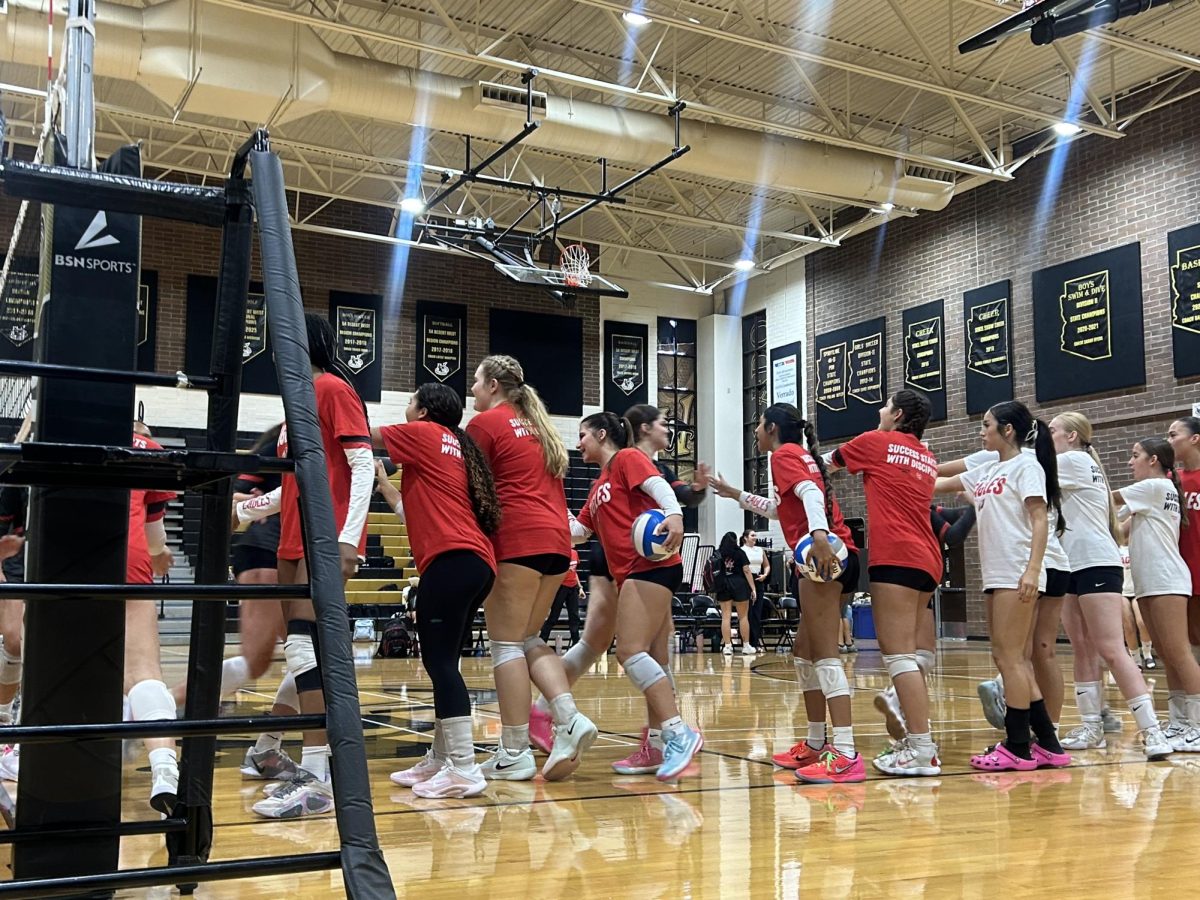







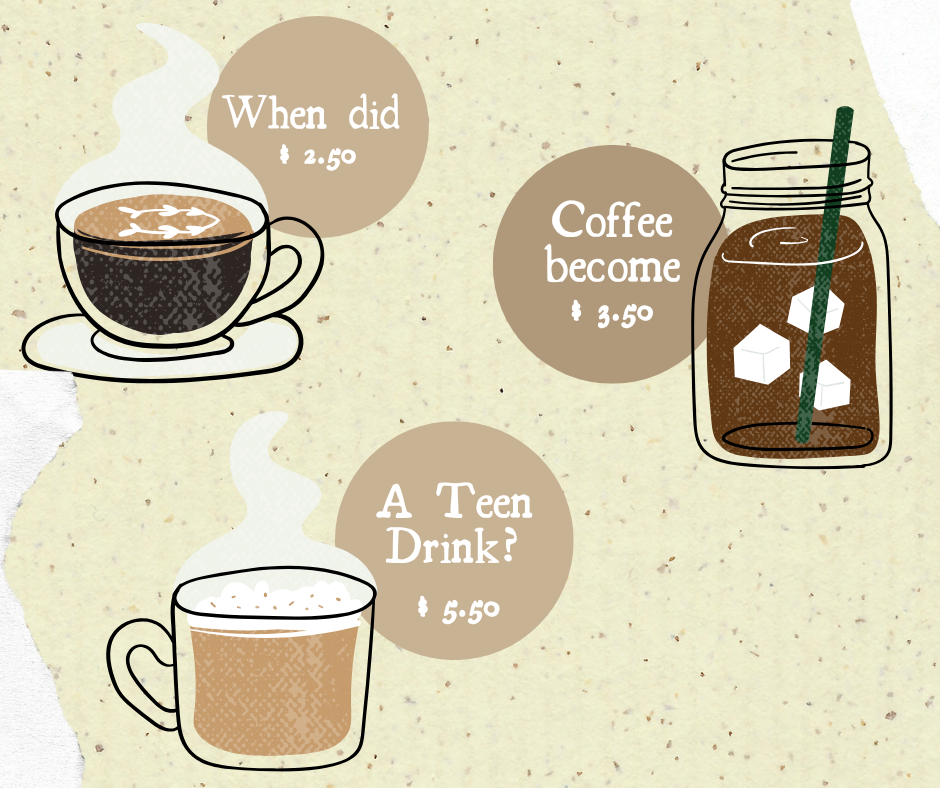
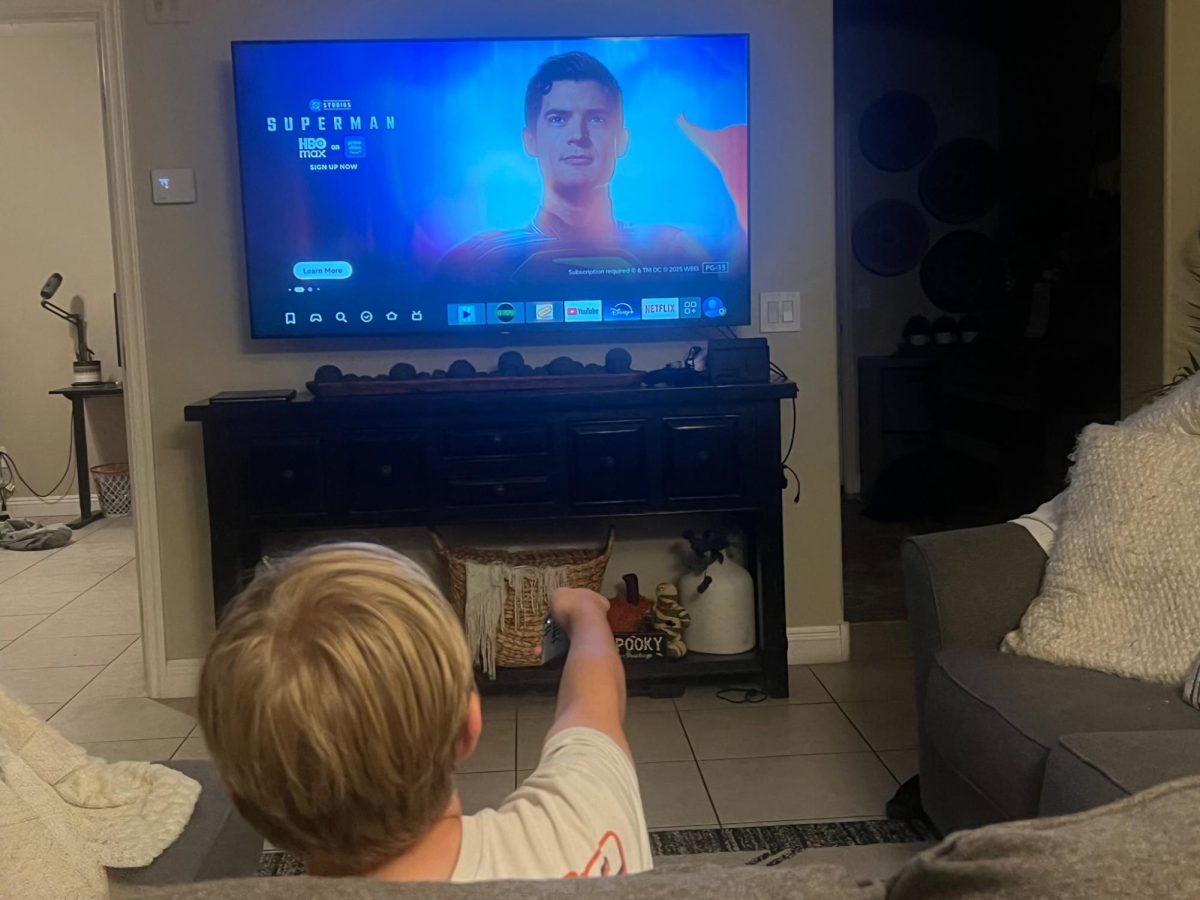






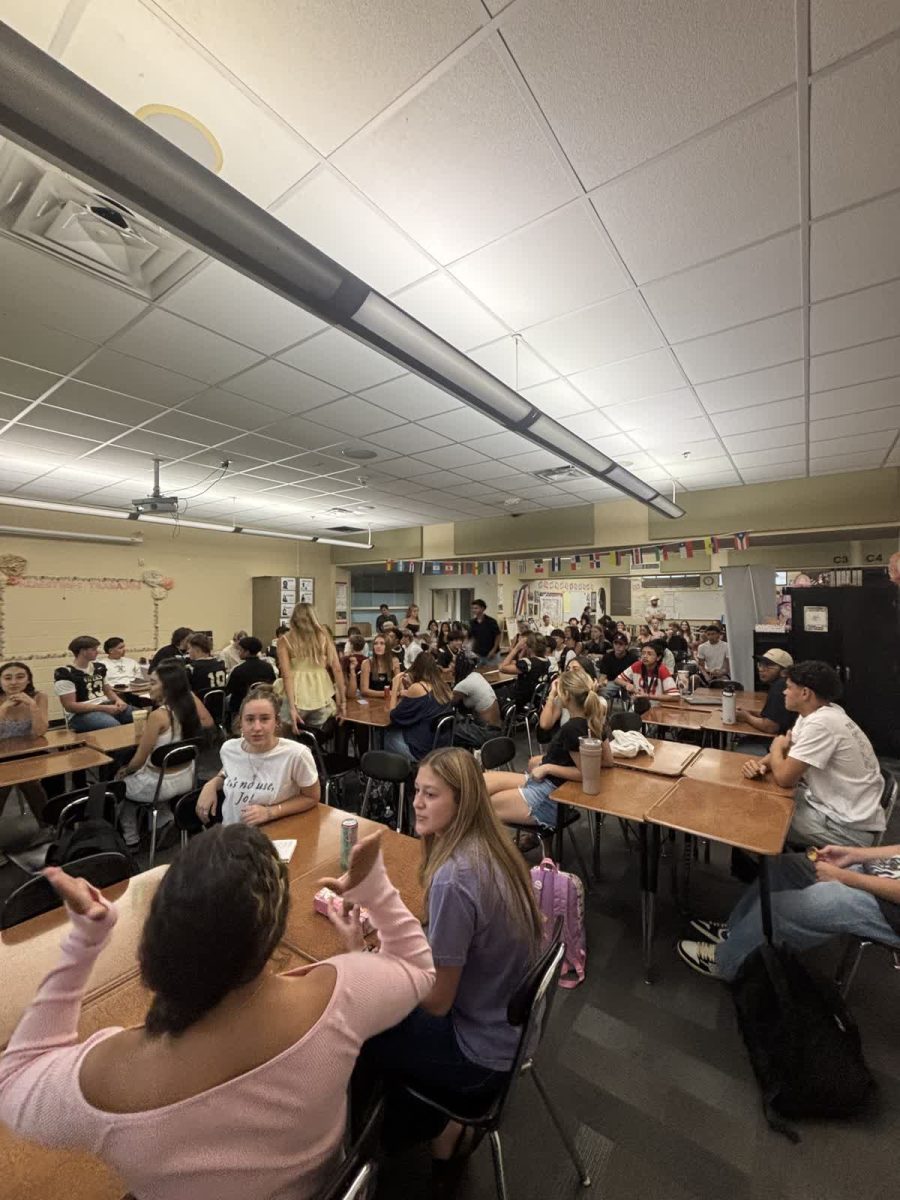

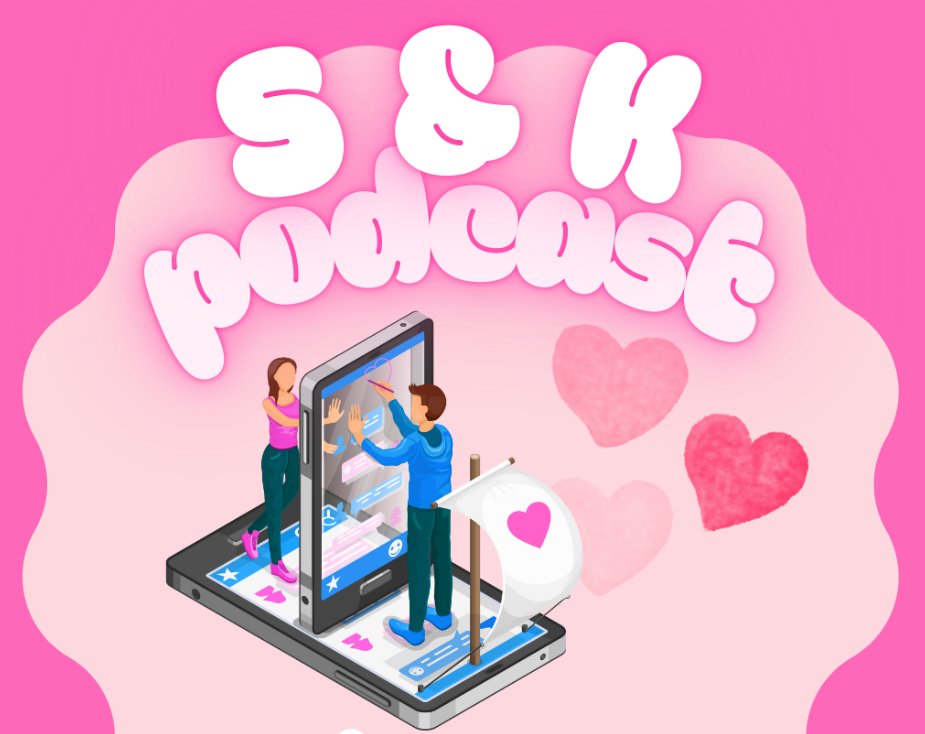




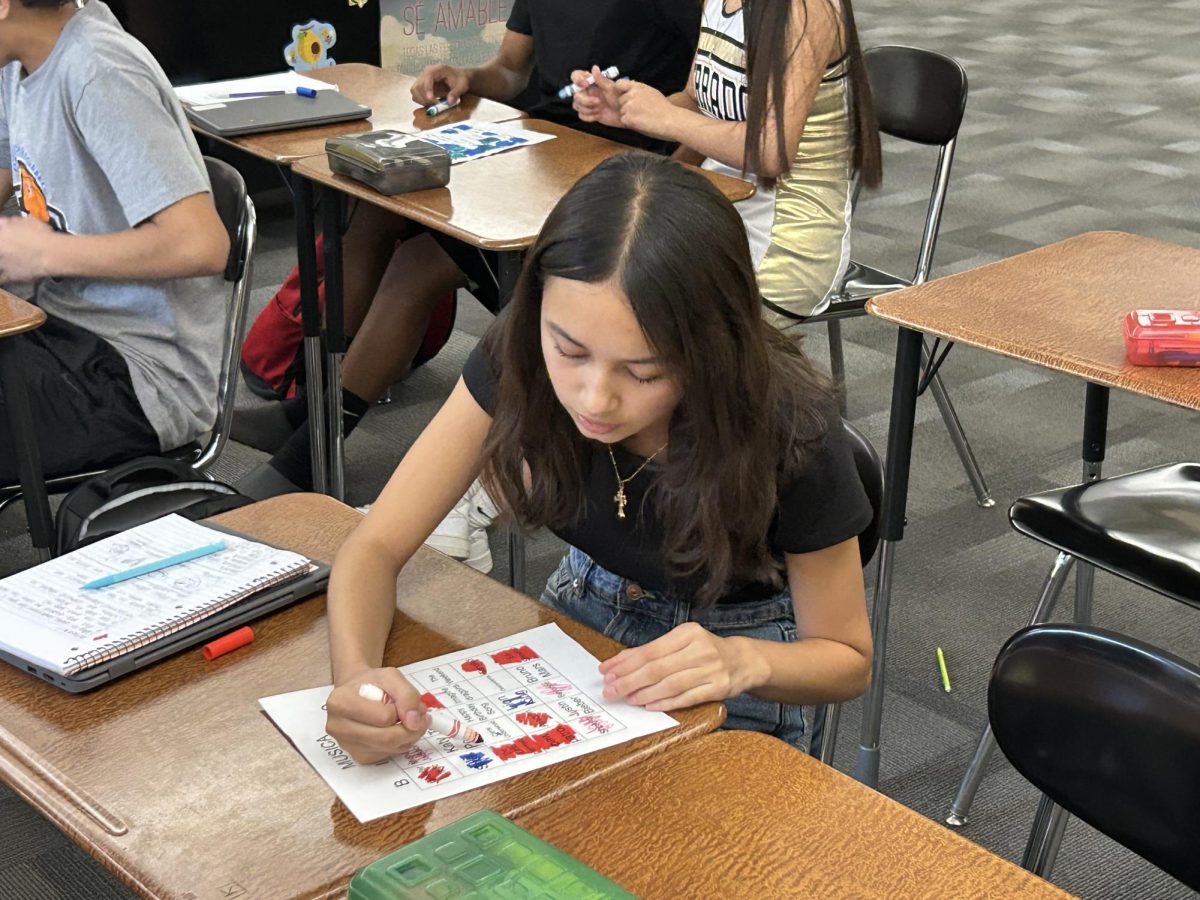

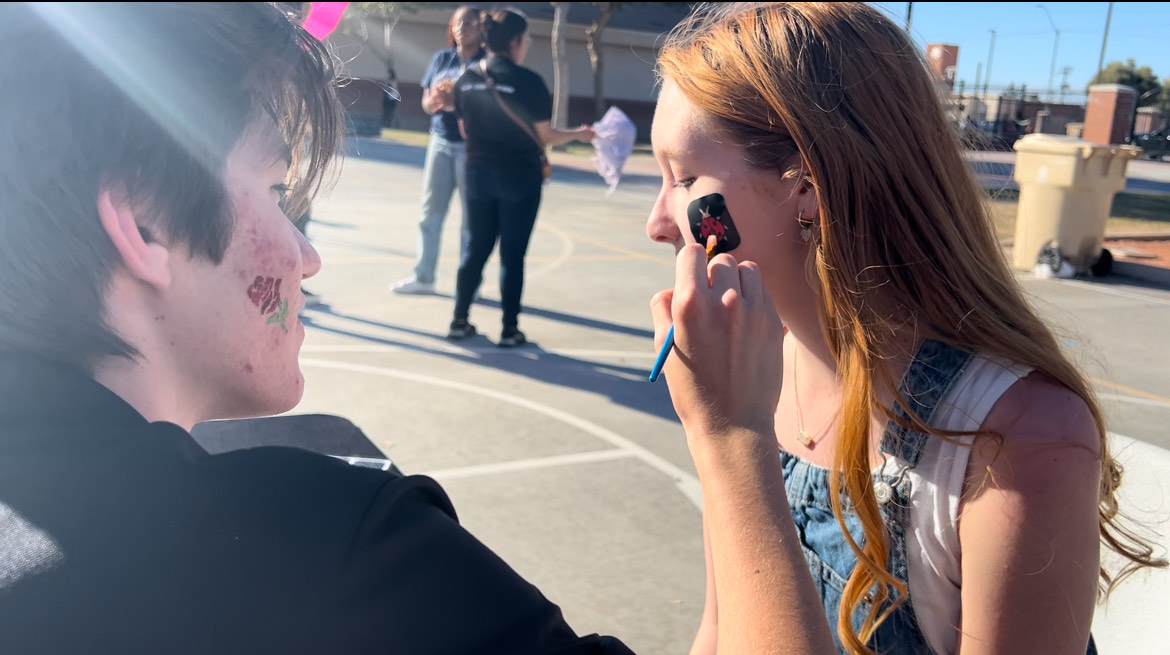

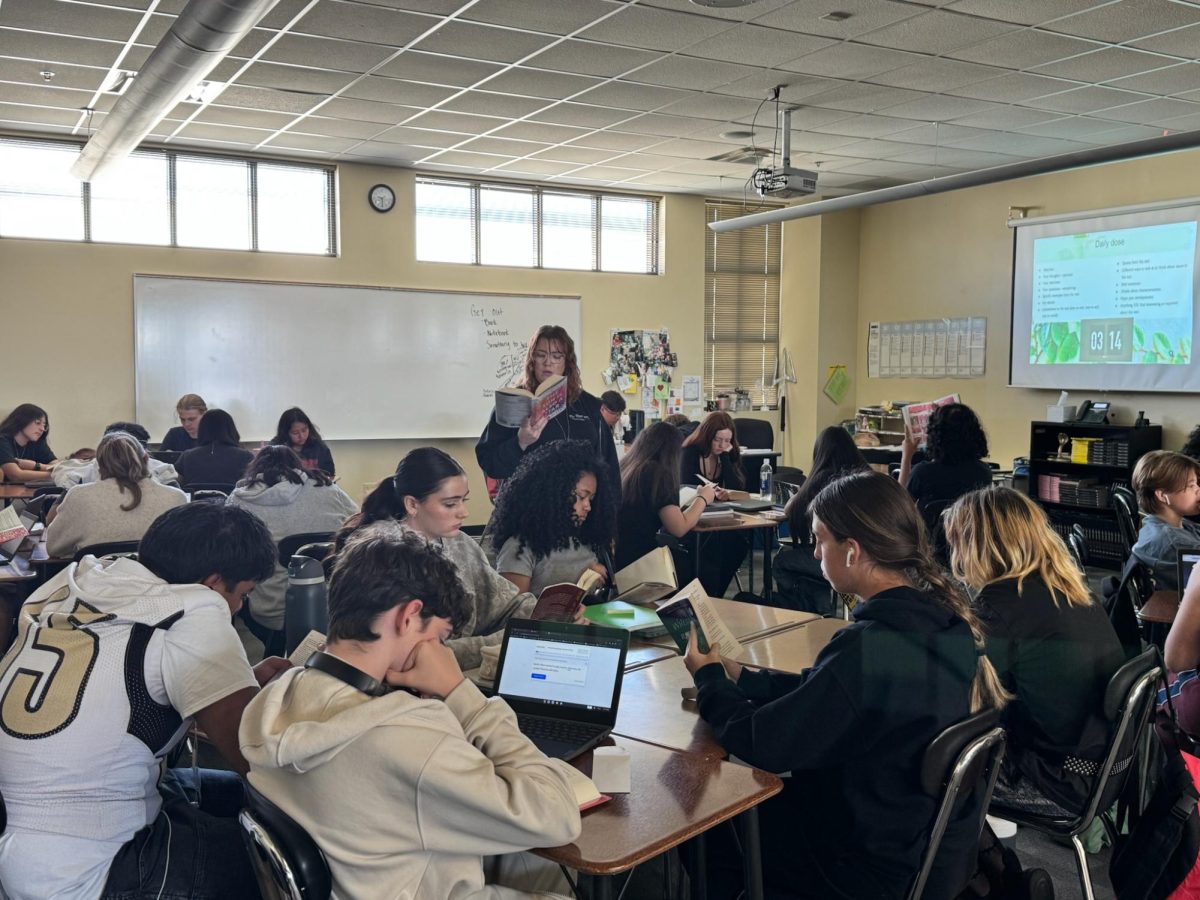

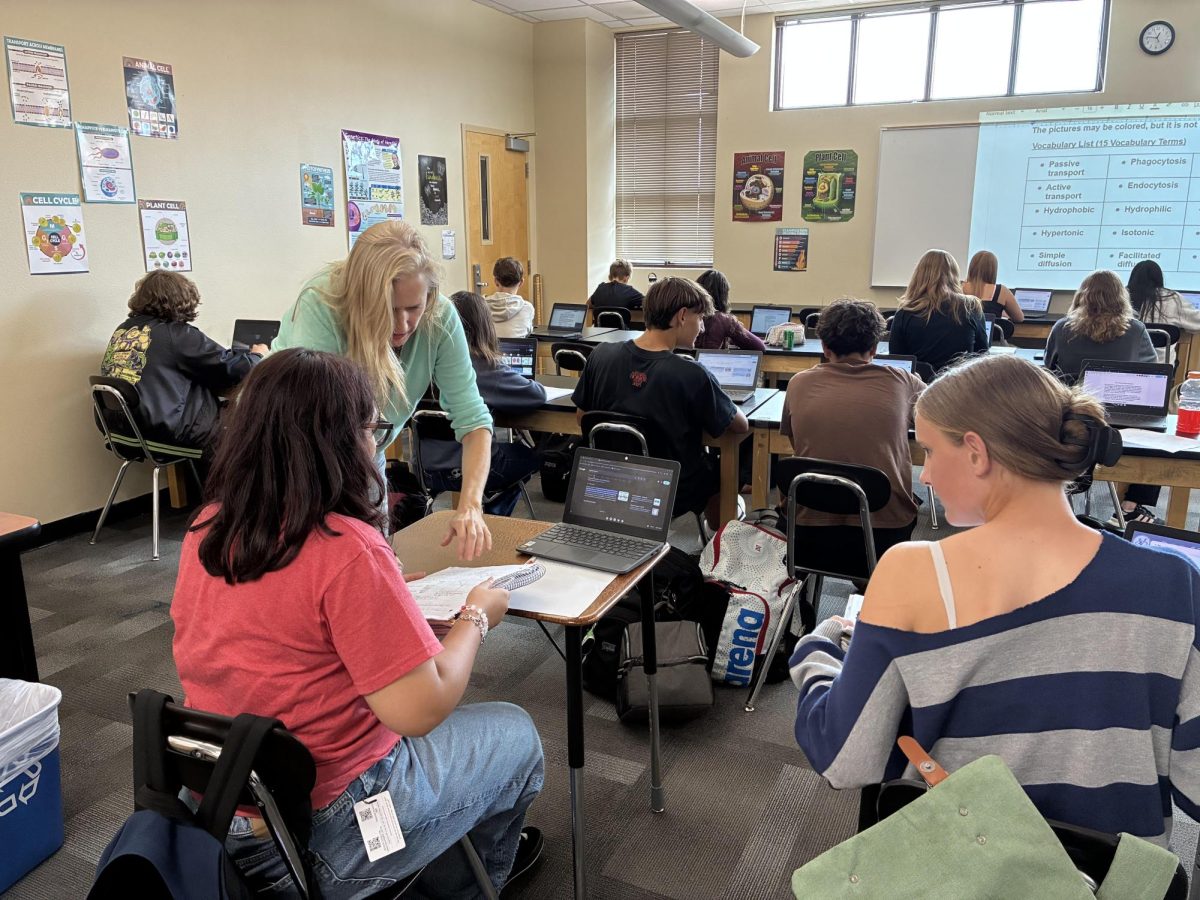

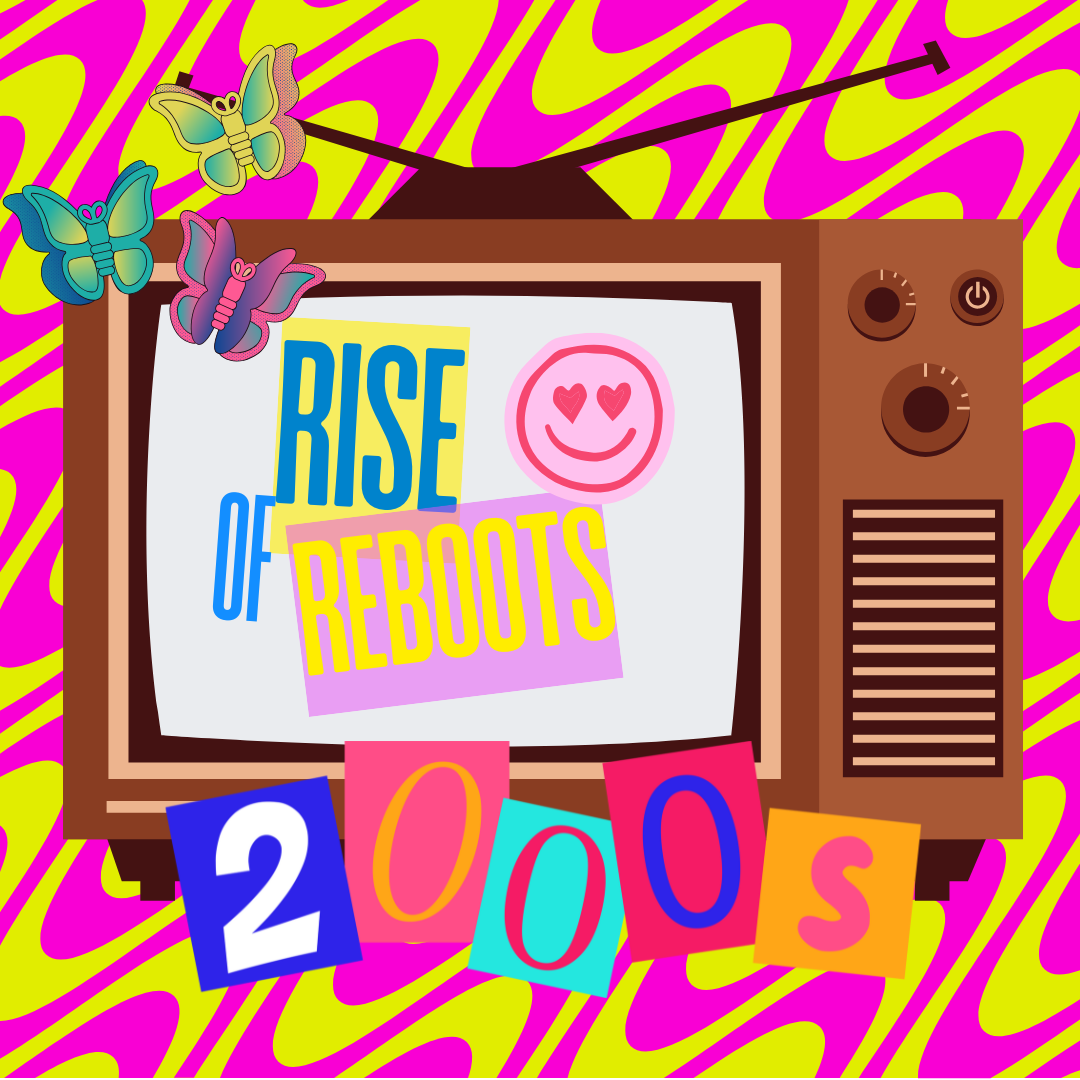



Maely • Sep 26, 2025 at 11:31 AM
The author’s purpose is to raise awareness around declining attention spans. They do a good job at showing what is causing the issue. They also do a good job at showing that youth are most affected. The point is also proven well by stating psychological concepts that back it. The author states, “It’s basic human psychology: people are naturally drawn to things that grab attention and motivate action, though exactly what captures attention varies from person to person.”
Sebastian Pena • Sep 22, 2025 at 5:49 PM
The author wrote this article to tell us how difficult it is to stay focused in today’s world and to encourage readers to push through distractions. In the first paragraph it states, “most people aren’t even capable of reading 20% of a page,” using this fact to challenge readers to stay engaged. The author demonstrates how attention can be captured and maintained. The structure itself mirrors the point, keeping the reader active instead of drifting away. In the end, the message is that focus is something we can all strengthen with practice.